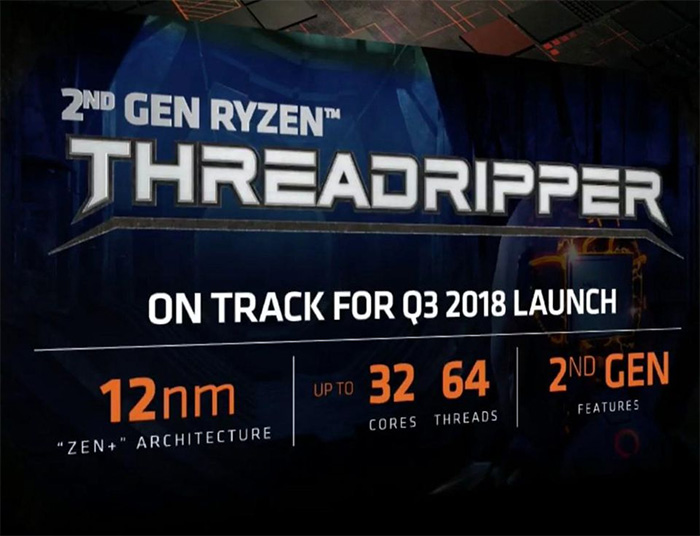News Centerbarrow
Industry News
AMD's 7nm Process Lead Over Intel Is Real And First Silicon Will Ship This Year
2019-05-27 23:15 The author:Administrator
Semiconductor manufacturing process technology is a very expensive, capital and resource-intensive game. It’s so capital intensive that it’s the reason why so many semiconductor suppliers have gone to a “fabless” model, designing their chips but having them built at silicon manufacturing partners like TSMC, GlobalFoundries or Samsung. For decades now, Intel has maintained its juggernaut silicon production advantage over its competition by developing its own leading-edge chip fabrication and process technologies. However, now that historic advantage looks like it will actually be a liability, versus an asset for the company, which is something that hasn't occurred in many years, since I can remember, actually.

Earlier in April this year, AMD CEO Dr. Lisa Su went on record noting the company’s first CPU and GPU silicon, based on cutting-edge 7nm process technology, would start sampling this year for volume ramp in early 2019. Meanwhile, around the same timeframe, Intel went on record noting first silicon from its 10nm process technology would be delayed until 2019. Fast-forward to today and over the weekend, reports came out that TSMC (Taiwan Semiconductor Manufacturing Company) was already ramping up 7nm chip manufacturing volume, with not only AMD GPUs in the mix but also 7nm AMD CPUs, specifically AMD’s Zen 2 architecture-based next generation EPYC server processors.
AMD’s EPYC line of many core server processors exploit a key product segment in single socket servers for the data center and enterprise. This is Intel’s bread and butter, cash cow business that, in some cases, AMD can offer strategic advantages in, with a higher core count per socket for better efficiency and higher performance in similar footprints. AMD has already made inroads with EPYC in major server OEMs like Dell-EMC, HP Enterprise and others, and its Zen 2-based EPYC product will only expand on the platform's advantages with even potentially higher core counts, better performance and efficiencies at scale.

It will be interesting to watch the sparks fly, as AMD’s fabless semiconductor model with its partners TSMC and GlobalFoundries take on Chipzilla at a time when the company is retrenching what used to be its primary established beachhead in manufacturing prowess. And on the consumer desktop, AMD also has a significant core-count advantage in the high end, with its recently announced and demonstrated 2nd Gen Threadripper product (based on 12nm Zen+) that will bring up to 32 cores in the same TR4 scoket as the original Threadripper X399 motherboard platform.
What an amazing turning of the tables we’re all witnessing here. Intel has to react to these real competitive threats and so far has committed only its 14nm++ products in Cascade Lake and Cooper Lake, with multi-chip module designs for higher core counts launching in late 2018 and 2019. So it appears Intel's 14nm product will have to compete toe-to-toe with AMD 7nm product, at least for a period of time.
Not many saw that coming you can be sure.
Disclosure: I currently maintain a small position in AMD and previous positions in INTC, but neither affect my reporting on either company or their products.

